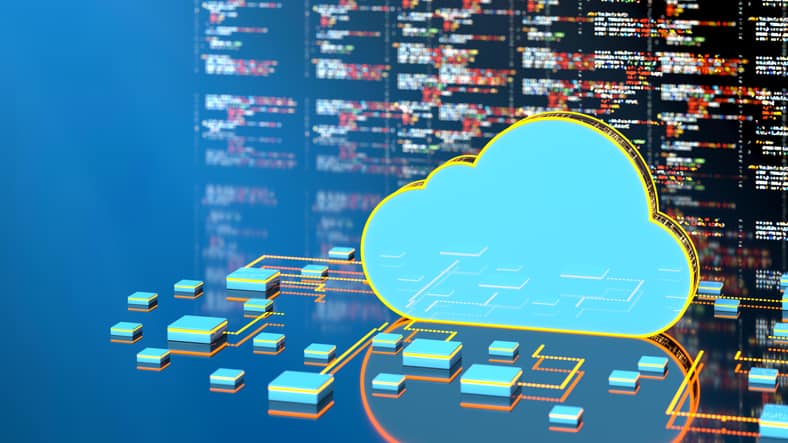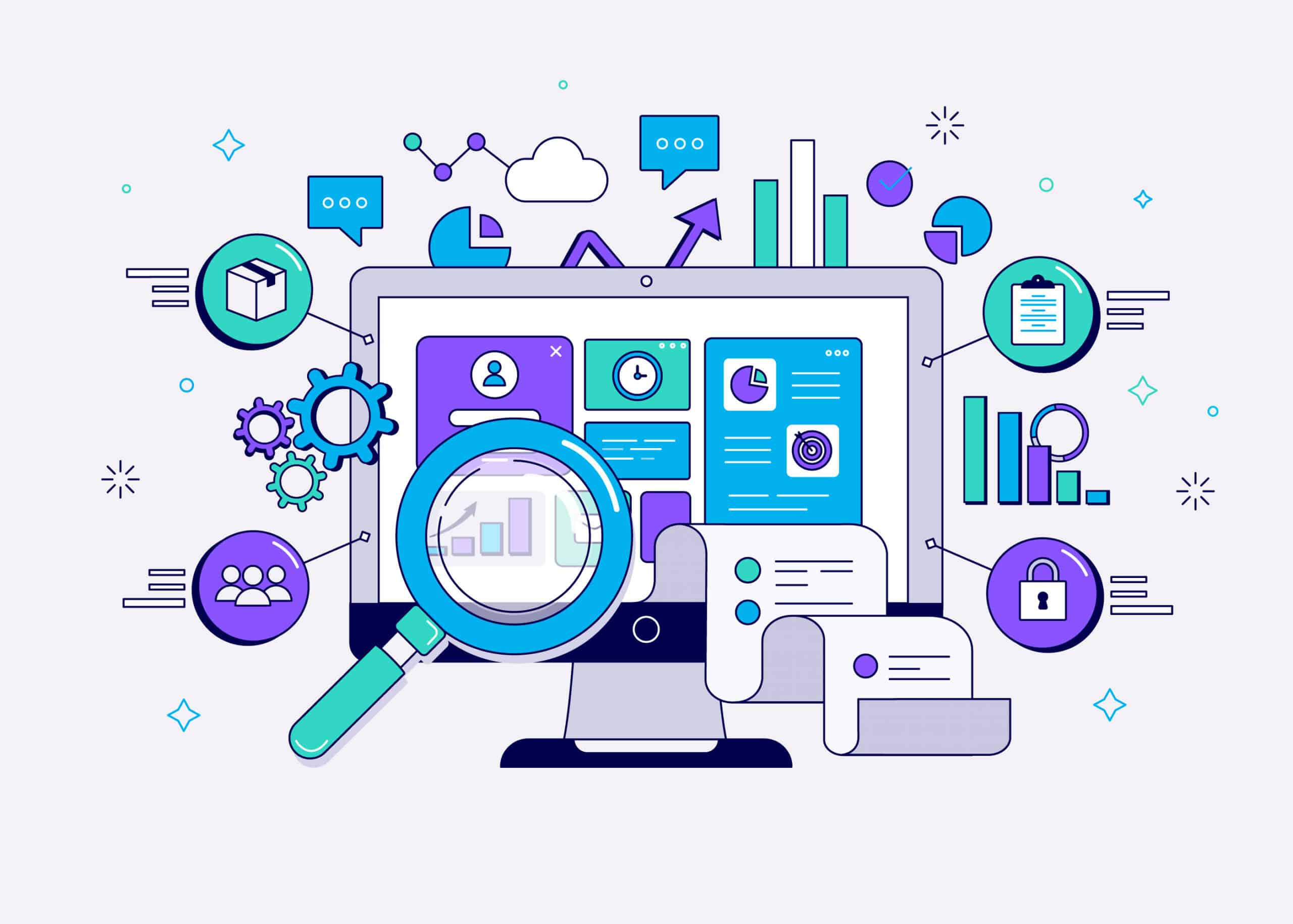In the ever-evolving landscape of artificial intelligence, Large Language Models (LLMs) stand out for their unprecedented language mastery, primarily attributed to their large parameter scale. However, LLMs are not without their challenges. This article delves into the intricacies of LLMs, exploring the pain points associated with their deployment and highlighting the role of data, ethical […]
Empowering Members: How to Provide Members Self-Serve Tools
This blog post delves into the profound significance of self-serve tools, shedding light on their impact on productivity, autonomy, and overall efficiency. We’ll explore how these tools can be seamlessly integrated into your software development environment, empowering your team and expediting the development lifecycle. The Significance of Self-Serve Tools From configuring intricate development environments to […]

